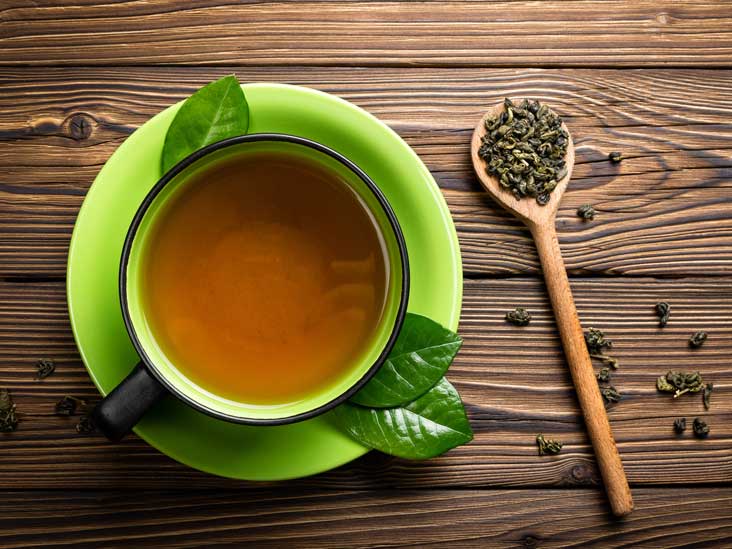Civilizations around the world have long used natural herbs and plants to treat sickness and pain. The Chinese, for example, have known about the medicinal benefits of green tea since ancient times, using it to treat everything from headaches to depression for at least 4,000 years.
All tea comes from a plant called Camellia sinensis. Green tea’s protective benefits come from a powerful antioxidant, a polyphenol called EGCG. What sets green tea apart is the way it’s processed. Green tea leaves are steamed, which prevents the EGCG compound from being oxidized. Unlike black tea, green tea is not fermented, so its active ingredients remain unaltered.
Green tea provides more than 60 percent of the flavonoids available in the US diet. Flavonoids are plant compounds that have antioxidant and anti-inflammatory benefits. They also support a healthy vascular system and even modulate the destruction of cancer cells.
Indeed, there is evidence showing that green tea can be effective in the prevention and treatment of certain types of cancer, including pancreatic, gastric, esophageal and skin cancers. Aside from inhibiting the growth of cancer cells, EGCG also kills cancer cells without harming healthy tissue.
Because our mouths are an oxygen-rich environment closely connected to our blood vessels, they provide an ideal habitat for the growth and rapid proliferation of cancer cells. Scientists have confirmed that green tea not only halts the growth of new oral cancer cells but it actually breaks down and kills existing oral cancer cells.
These effects alone are stunning, yet there are even more benefits of green tea, such as: preventing and treating high cholesterol, cardiovascular disease, rheumatoid arthritis, infection and impaired immune function.
The antioxidant level of green tea is a hundred times more effective than vitamin C and twenty-five times better than vitamin E in protecting our immune systems.
Additionally, green tea acts as an anti-inflammatory and is also an antiviral agent. Moreover, it helps decrease body weight and BMI, aids digestion and helps maintain a healthy circulatory system, to name some further benefits.
Not only has EGCG has been effective in lowering LDL cholesterol levels, it may be effective in lowering triglycerides. Green tea may also improve blood flow and inhibit the abnormal formation of blood clots. The latter takes on added importance when you consider that thrombosis (the formation of abnormal blood clots) is a primary cause of heart attacks and strokes.
EGCG has been found to be twice as powerful as resveratrol, the polyphenol in red wine that limits the negative effects of smoking and a fatty diet. That may explain why the rate of heart disease among Japanese men is quite low, even though approximately 75 percent are smokers.
The components in green tea may reduce the risk of getting dental cavities by reducing plaque formation, while also reducing bacterial infections in the mouth. Another benefit of green tea is that it stunts the growth of odor causing bacteria, thus helping you maintain fresh breath. Simply using it as a mouthwash can even be beneficial.
So, just how much green tea should we be drinking? To fully obtain the benefits, it’s recommended that we have at least four to six cups a day.
Green tea has significantly lower levels of caffeine than coffee, thus fewer associated side effects, such as anxiety and insomnia.
So, are you sold yet? Perhaps it’s time to replace most of the other beverages in your diet (except water) with green tea.
Enjoy and reap the benefits!






